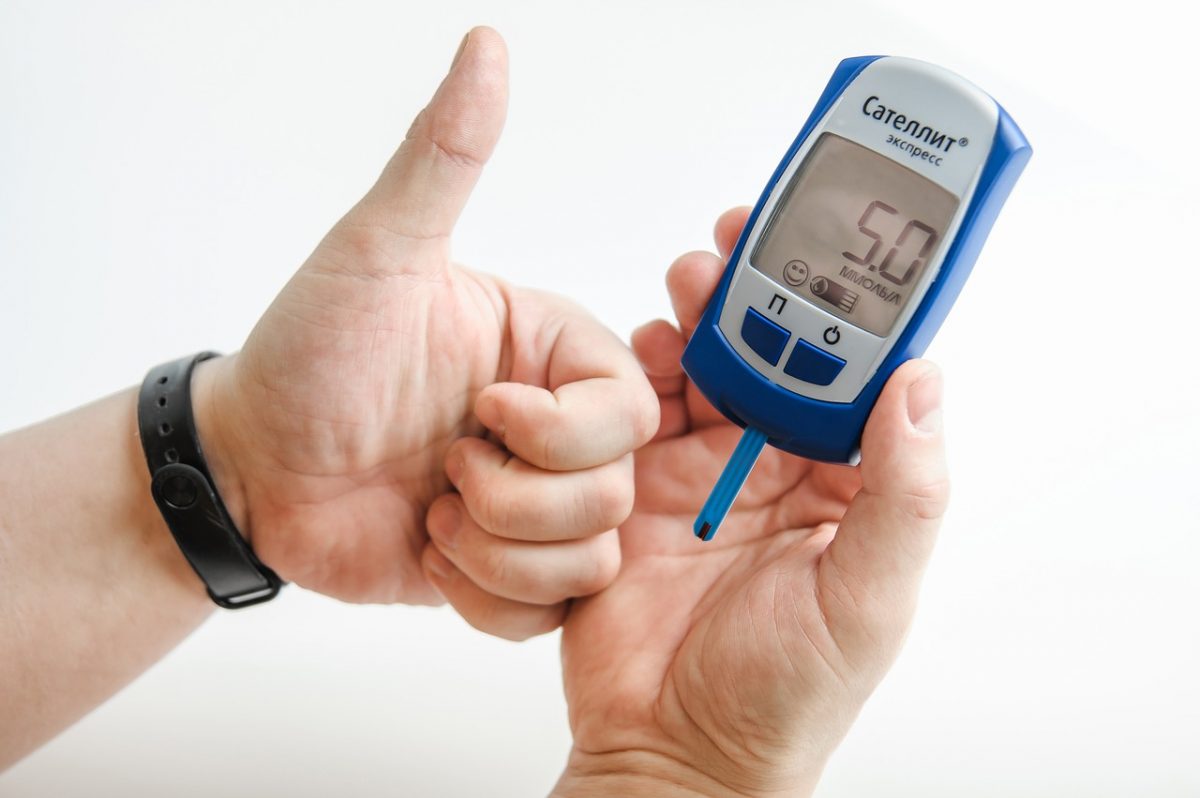At-home diabetic monitoring technology has advanced significantly since the development of the first glucose test strip in 1965. Prior to that, detecting diabetes relied on a urine test performed in a lab. Even after the test strip was created, it was only for use in a doctor’s office. Today’s test strips appear simple in design, but they’re actually high-tech, miniature medical devices that contain components that have a limited shelf life.
Modern test strips contain an enzyme and stabilizing chemicals to obtain a glucose reading. When a small drop of blood is introduced, an electrochemical reaction takes place that’s read by a glucose monitor. Those chemicals and enzymes have a specific shelf life and begin to break down after the expiration date on the box.
Many test strip brands contain a minuscule amount of gold that creates the circuitry connection necessary that’s sent to the glucose monitor. Test strips are an essential diagnostic tool for people with diabetes. After the expiration date, there’s no guarantee that the strips will deliver an accurate reading. Obtaining accurate readings are essential for diabetics to manage the disease. Faulty readings are life threatening.
The manner in which test strips are stored is equally important. Exposure to damp conditions, high humidity levels and even very high temperatures will affect the efficacy of the enzymes and chemicals the devices contain. If test strips have been improperly stored, they won’t provide an accurate reading even if the strips have significant time left until they expire.
Various studies have been conducted and the efficacy of test strips in comparison to their expiration date varied widely. Some brands showed inaccurate readings almost immediately when they attained their expiration date. Individual test strips of other brands demonstrated a wide range of accurate and inaccurate readings six months after their expiration date.
The bottom line is that in general, test strip manufacturers and even physicians recommend not using diabetic test strips that are past their expiration date. There’s no guarantee that an accurate reading will be achieved and it can result in a life-threatening situation.
If you would like to find out about earning cash for your unwanted, unused and boxed test strips, complete our online quote form today.
If you have extra, unopened and unused boxes of diabetic test strips – whether you have switched brands, no longer need to test or test less frequently, or have a loved one who has passed away – don’t let them gather dust until they’ve expired and end up in the trash. We’re the best place to sell diabetic test strips online, and if you want to sell your test strips, we’re here to make the process easy and enjoyable!
Visit us at Sell Your Test Strips and get your free quote today!







